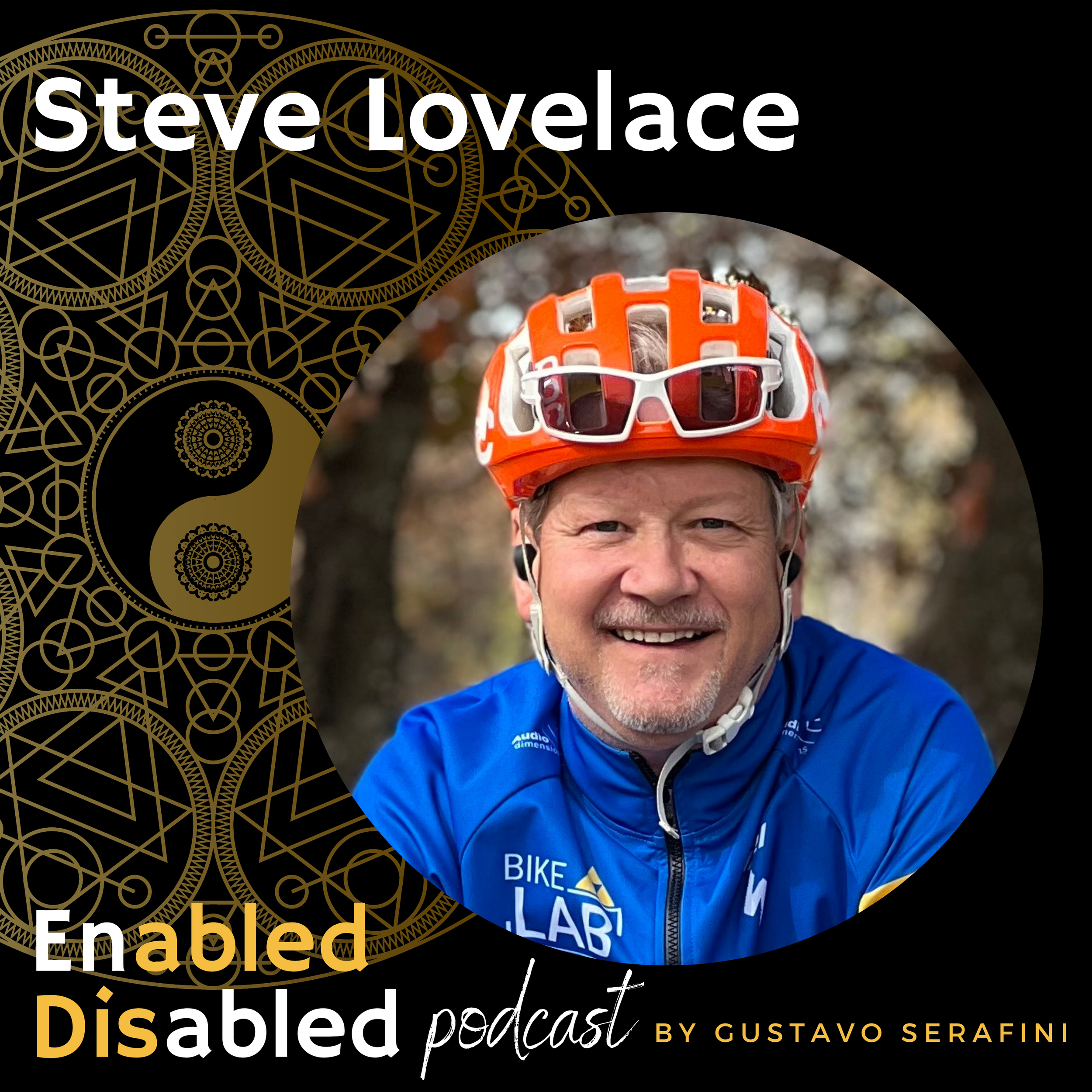Steve Lovelace
My name is Steve Lovelace and I'd love to share my story with you and your podcast listeners. Here's the short version.
I survived a near death wood cutting accident in 1982, overcame below the waist paralysis, relearned to walk, and eventually run, then went on to make history in 1986 as the second documented disabled athlete to complete a triathlon. I did this during a time when there were no disabled athletes as examples. So I just had to blaze my own trail. In fact, I was so afraid of not being allowed to compete back in 1986 because, I feared that had they known my story, they may have seen me as a liability and not allow me to race. So I told no one. This was after all 4 years before the ADA was enacted.
I've told my story to close friends through the years, not knowing however, that I had made history in that first triathlon. I would not discover my part in triathlon history until last year while doing research on the history of paratriathlon. Of note is the fact that I have also lived and thrived all while I've been in constant pain since my accident. I have always been able to push through to compete and excel in life.
I am participating in triathlon once again, only now, I am doing so with one of the most painful diseases, arachnoiditis. I take no pain medications despite the excruciating pain that ebbs and flows daily. I am still finding ways to push through the pain to remain active. Aside from my accident and arachnoiditis along the way through life I have also survived bacterial meningitis, spine fluid leak, two heart attacks and multiple concussions. My story is about resilience and the ability to overcome tragedy after tragedy while always finding a reason to move forward, stay positive and push myself with new challenges in life.
I am just now sharing my story after all these years with the hope of inspiring people to dream of doing what others may think impossible and to let them know that there is a life to be had despite living in constant pain, even one without pain medications.
Additional links and resources:
